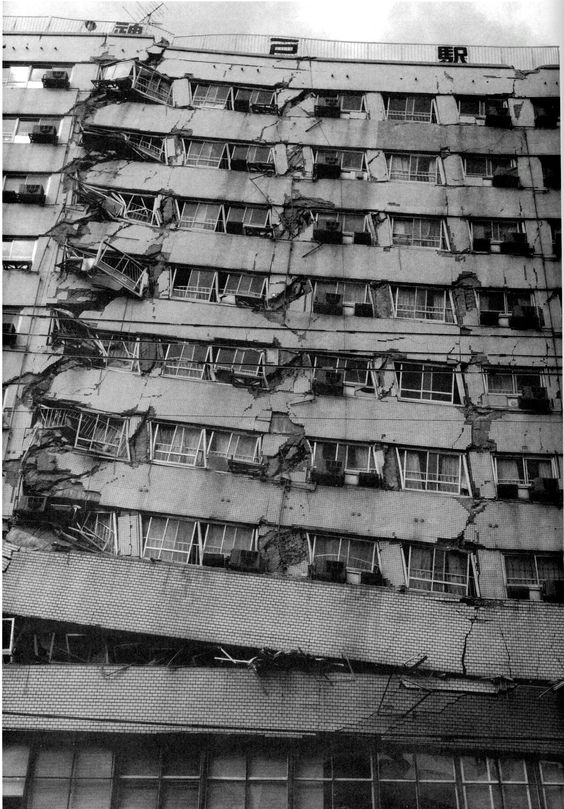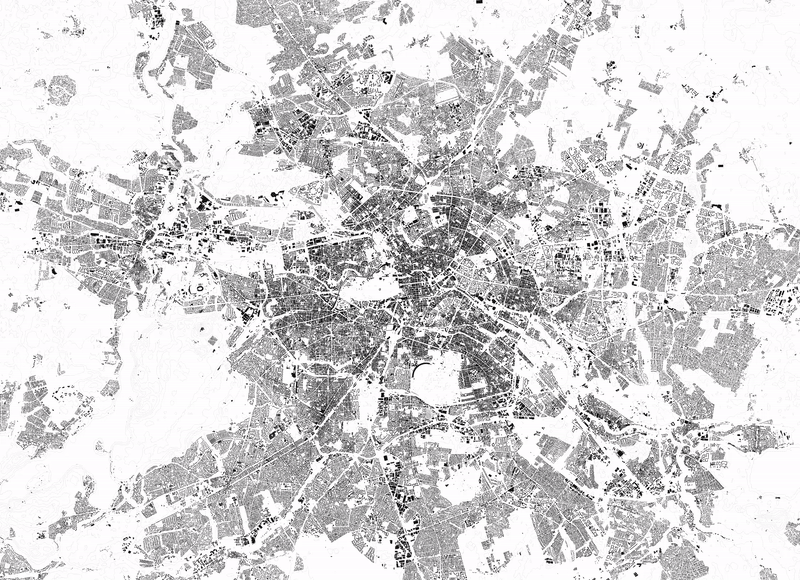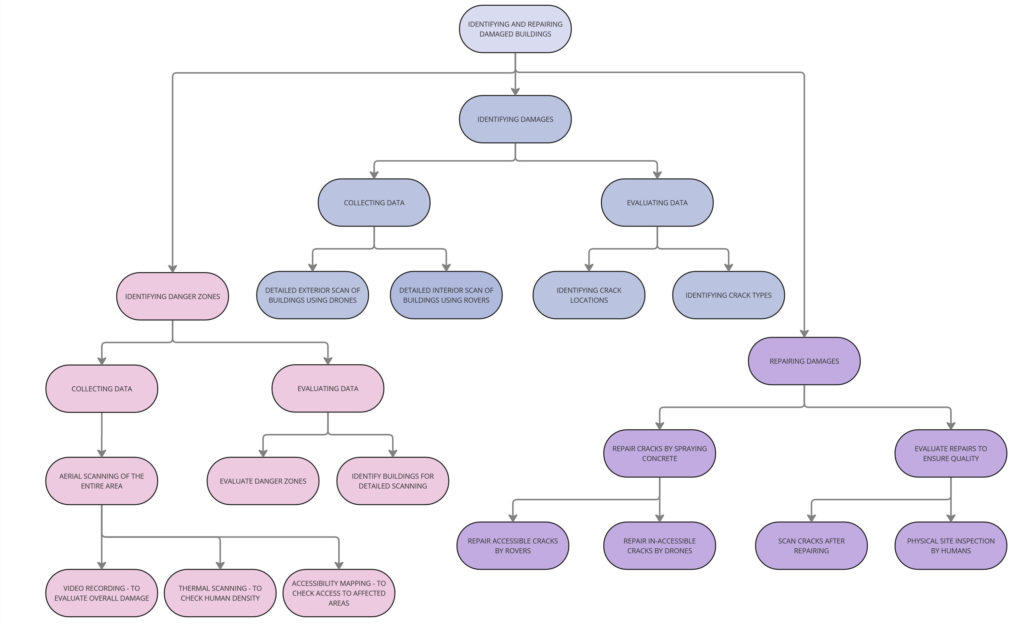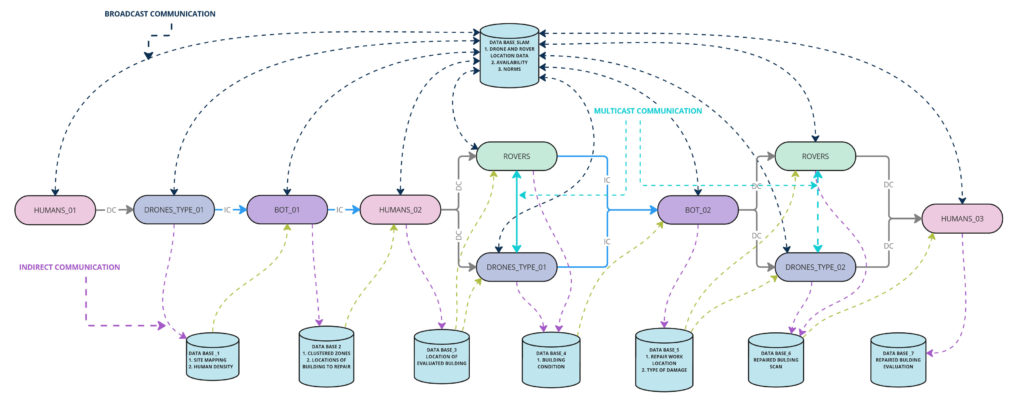Autonomous emergency response and safety evaluation system

In a catastrophic event geographical region, robots are deployed to collect and process data, allowing the rescue team to analyze the situation from a safe distance and provide an effective rescue operation. Dangerous zones can be accessed by robots without any harm and no human life needs to be risked.
The main goal #AERSES provides is to evaluate the structural safety of buildings in catastrophic affected regions right after its happening like in situations of earthquakes. In those situation it is important to provide safe buildings for people their home is gone, for operation teams who need a camp base, for medical emergencies and rescue and so many more. People needs to be and feel safe.
In order to find safe space and in case of need repairing it, the system is separated into 3 different phases.
Phase 1: Right after the catastrophic incident a first scan will be created by drones to collect data about the whole affected area. These collected data can also be shared with other rescue programs. In that way rescue teams can be more efficient and precise as well as the procedure of evacuation and many other applications. AERSES will now evaluate the scanned area in 3 different danger zone levels: Low, Medium, High. Low danger will be considered as not acute and in high danger zones it is expected to not provide safe areas where people could be accommodated. That’s why following concentration is hold on Medium danger. This zone is subject to a further analysis in which 3 main categories are taken into account. The density of the people, the accessibility and the damage of the area. A cross product of these criteria results in another precise zone in which phase 2 seems to occur.
PROCEDURE

Phase 2: A second scan of the determined area will be done by rovers in collaboration with the previous drones. This scan focuses on interior and exterior building structure only. This scan identifies crack localization and typology. Out of those new data it is possible to evaluate which buildings can be used directly which need to be repaired and where and in which none of both are a option. That leads to
Phase 3: Rovers and drones are entering buildings to repair and do so by spraying concrete in the necessary places to reinforce the structure. After a repair process is done a last scan for quality control is hold to ensure that it is by now safe to be entered and inhabited by people.
GOALS

AGENTS, ROLES, FRAMEWORK, DATABASE


COMMUNICATION


